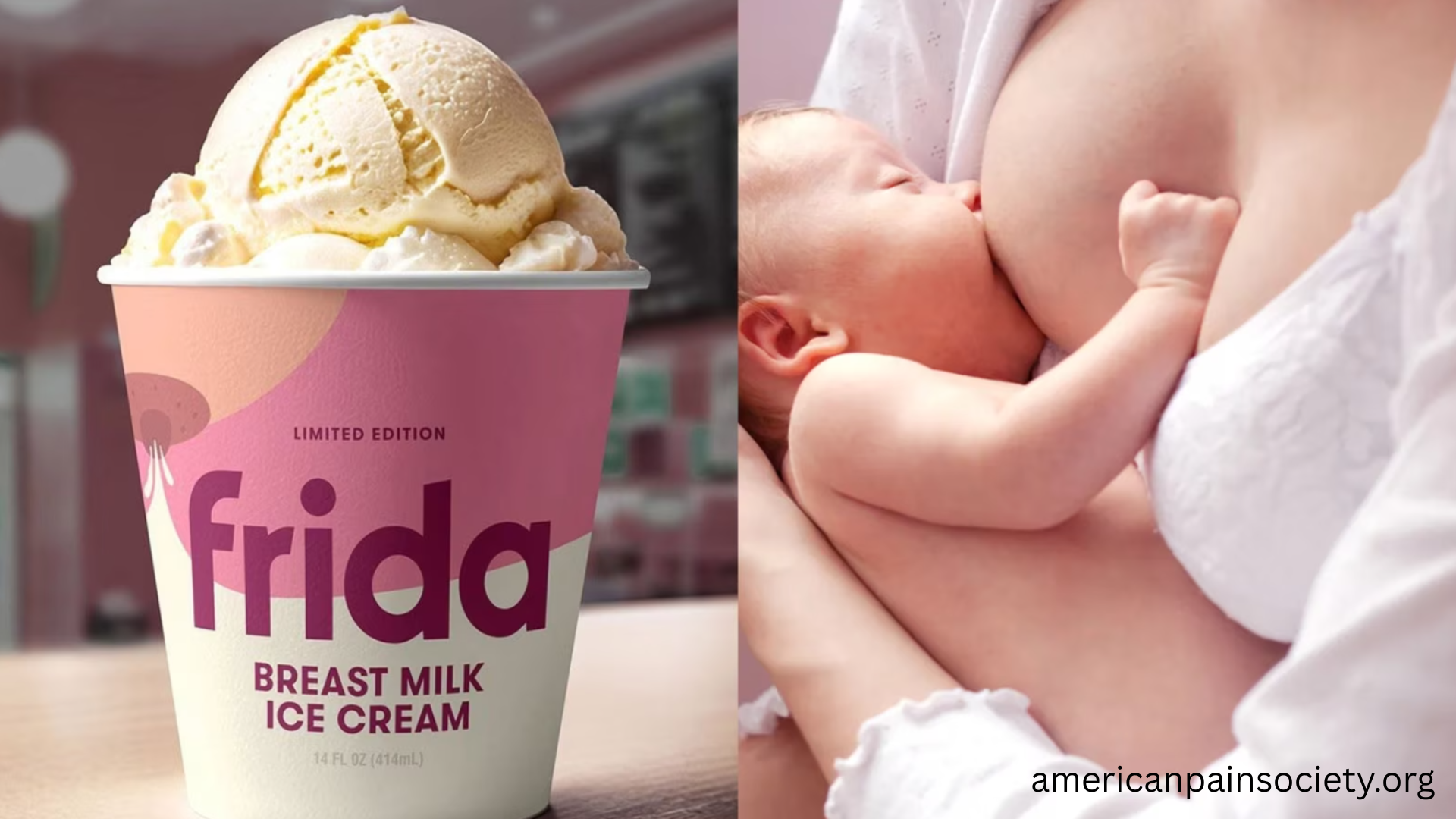What is Breast Milk Ice Cream?
Breast Milk Ice Cream is the frozen dessert that contains breast milk as an ingredient instead of any other milks. It has garnered significant attention, as it remains unusual and shocking to some individuals. The claims of its’ significant effects on health and goodness has gained global trend.
In 2010, a London-based ice cream parlor started selling Breast Milk Ice Creams as a dessert under the name of “Baby Gaga”. Since this niche dessert got the limelight, it also stirred many controversies and conversations regarding legality, health, mortality, and parenting culture traditions.
Why Breast Milk Ice Cream?
Nutritional content and natural ingredients
Breast milk is the natural powerhouse of many health nutrients that work for the nourishment of a newborn baby. It contains an enormous amount of minerals, vitamins, antibodies, proteins, and essential fatty acids. Many believe that Breast Milk Ice Creams can be a safer and healthier substitute for dairy milk desserts, mostly for people with lactose allergies and intolerance.
Nutrients packed in breast milk:
- DHA – it enhances brain development and function
- Immunoglobulins – boost the efficacy of the immune system
- Probiotics and enzymes
- Compared to cow milk products, it has fewer allergens
All of the mentioned nutrients and their health benefits make Breast Milk Ice Creams the perfect alternative for organic and healthier versions of dairy desserts.
Alternative to dairy-free and vegan desserts?
Technically, breast milk is not vegan, but its desserts are marketed as “dairy-free”. People who encounter issues with cow milk can choose Breast Milk Ice Creams to avoid any health issues.
Is it safe to consume Breast Milk Ice Cream?
Consuming Breast milk dessert comes with many critical doubts regarding safety.
Hygiene and health factors
The human milk must be:
- Tested properly for infectious illness, if any
- Hygienically collected
- Stored safely at the required temperature
If these safety measures are avoided, then it can cause many bacterial or viral contamination or transmission, like HIV, hepatitis B, or C. Hence, contaminated breast milk can cause serious health diseases if mishandled during extraction and storage.
Use of Breast Milk Ice Creams for public use and commercial distribution usually involves medical screening of the donors, which is done at milk banks supplying newborns in NICUs.
Legal and ethical issues
Is it legal to use Breast
Milk Ice Cream commercially?
Some countries allow the commercial use of breast milk. Consumption of human milk is considered legal in few countries. But the regulations differ by jurisdiction:
- UK and EU: With the maintenance of proper health guidelines, the use of human milk is allowed with restrictions.
- In the United States, breast milks are sold as a supplement only, as the FDA does not approve of its common use. But the local health sectors may restrict it.
- Other countries: cultural obstructions and legality may cause acceptance issues.
Ethics of Selling Human Milk
Some people believe that human milk is for babies, and its commercial usage might exploit lactating mothers. Some argue that women selling breast milk for financial needs can be tormenting for them. Others compare it to blood banks or organ donations, for fair compensation and consent, which is ethically right to accept.
Public perception and taste
People describe Breast Milk Ice Creams as having a mildly sweet, light, and creamy texture. To boost the taste of ice cream, flavors like fruit, honey, and vanilla are often mixed to avoid aftertaste, if any.
Despite its novelty, the public perception of human milk remains divided:
- Common public: the perception varies from fascination to disgust.
- Foody freaks: they see it as an organic and adventurous experience.
- Activists and parents: doubts arise regarding medical and commercialization safety.
Making of breast milk ice cream:
While sourcing breast milk for ice creams, it is better to ensure its safety and proper storage.
Breast Milk Ice Cream ingredients:
- Breast milk
- Sweetener or sugar
- Vanilla extract or flavors
- Fruits (Optional)
Breast Milk Ice Cream recipe:
- Take a cup of breast milk (pasteurized or fresh)
- Add two tablespoons of sugar or a natural sweetener, as per your taste
- Followed by 1 tsp vanilla extract
- You can add any fruit extracts or flavors
- Mix it all and let it set in a freezer or churn in an ice cream maker
It is essential to consult a health expert and follow health screening for safety.
Cultural reaction and media buzz
Breast Milk Ice Creams is in trend, especially when influencers, celebs, and health experts weigh in. It has been a controversial topic in ad campaigns and on social media.
- Use of human milk is taboo in some cultures
- Others consider it an innovation in food diversity
Final Thoughts
Breast Milk Ice Creams is not just an innovation to a dessert delicacy; it is also an outcome that intersects ethics, science, food innovation, and parenting. Apart from high nutritional values and better alternative to daily milk desserts, it is also essential to figure out its source to be assured of safety. There are various thoughts, legal terms, and acceptance that vary among different individuals and countries.
Before promoting breast milk ice creams, it is highly recommended to study all the factors to ensure hygiene, contamination, and screening. However, understand the source of the dessert and be open and respect the conversations on the topic.
Frequently Asked Questions (FAQs)
- Is it safe to consume breast milk ice cream?
- Breast Milk Ice Cream is only safe to consume if the donor followed health screening, or else it might be contaminated.
- Is it legal to use Breast Milk Ice Cream commercially?
- Different localities have their regulations that allow commercial use of Breast Milk Ice Cream with restrictions, and some do not allow it due to their concerns.
- What does Breast Milk Ice Cream taste like?
- People who have tried Breast Milk Ice Cream describe it as creamy and mildly sweet. The taste gets influenced by the diet of the donor and the combined flavor of the dessert.
- Can I buy Breast Milk Ice Creams in the market?
- Breast Milk Ice Creams is not commercially available in all countries due to their laws. But in New York and London, it has been sold for public use.
- Is it possible to make Breast Milk Ice Cream at home?
- Yes, you can use fresh and pasteurized breast milk from a healthy source to make the breast milk ice creams.


